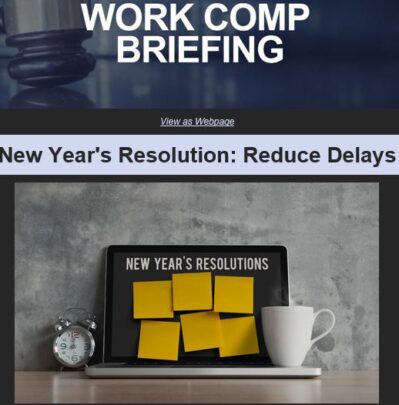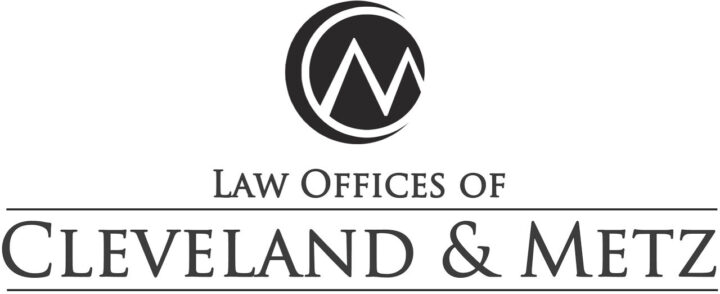2021: Reducing delays in medical treatment.
Injured workers has been under attack for years with hurdles such as utilization review, independent medical review, MPNs, and restrictive treatment guidelines being thrown up as roadblocks and causing serious delays.
While the state legislature continues to address the COVID-19 pandemic, we’re hoping to carve out space to tackle a long-standing problem plaguing injured workers: reducing delays in medical treatment.
Injured workers wait months for necessary medical care and often have to travel hundreds of miles to see a QME specialist.
In a 2018 study released by the Workers’ Compensation Research Institute (WCRI), California was ranked as the slowest from injury to date of treatment following the initial medical exam.
What’s more, these delays aren’t only hurting thousands of injured workers’ ability to heal and return to work, but worse, delays in medical care increase the number of injured workers who end up with a permanent disability.
As we reported several weeks ago, the Workers’ Compensation Insurance Rating Bureau (WCIRB) released a report confirming what we’ve been saying all along: delays in medical care result in significantly higher costs.
Access to medical treatment for California’s injured workers has been under attack for years with hurdles such as utilization review, independent medical review, MPNs, and restrictive treatment guidelines being thrown up as roadblocks and causing serious delays.
While the recent surge of COVID-19 in California will rightfully take center stage with the protection of workers a top concern for many, including CAAA, we hope there will be space to address reducing delays in the workers’ compensation system by decreasing the impact of these obstacles.
This is just one of the many new year’s resolutions we’ll be looking to accomplish as we seek to protect employee rights and increase access to medical care for all California workers.
